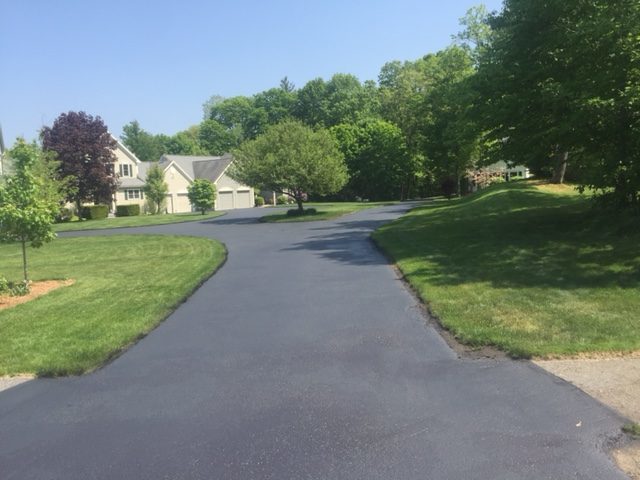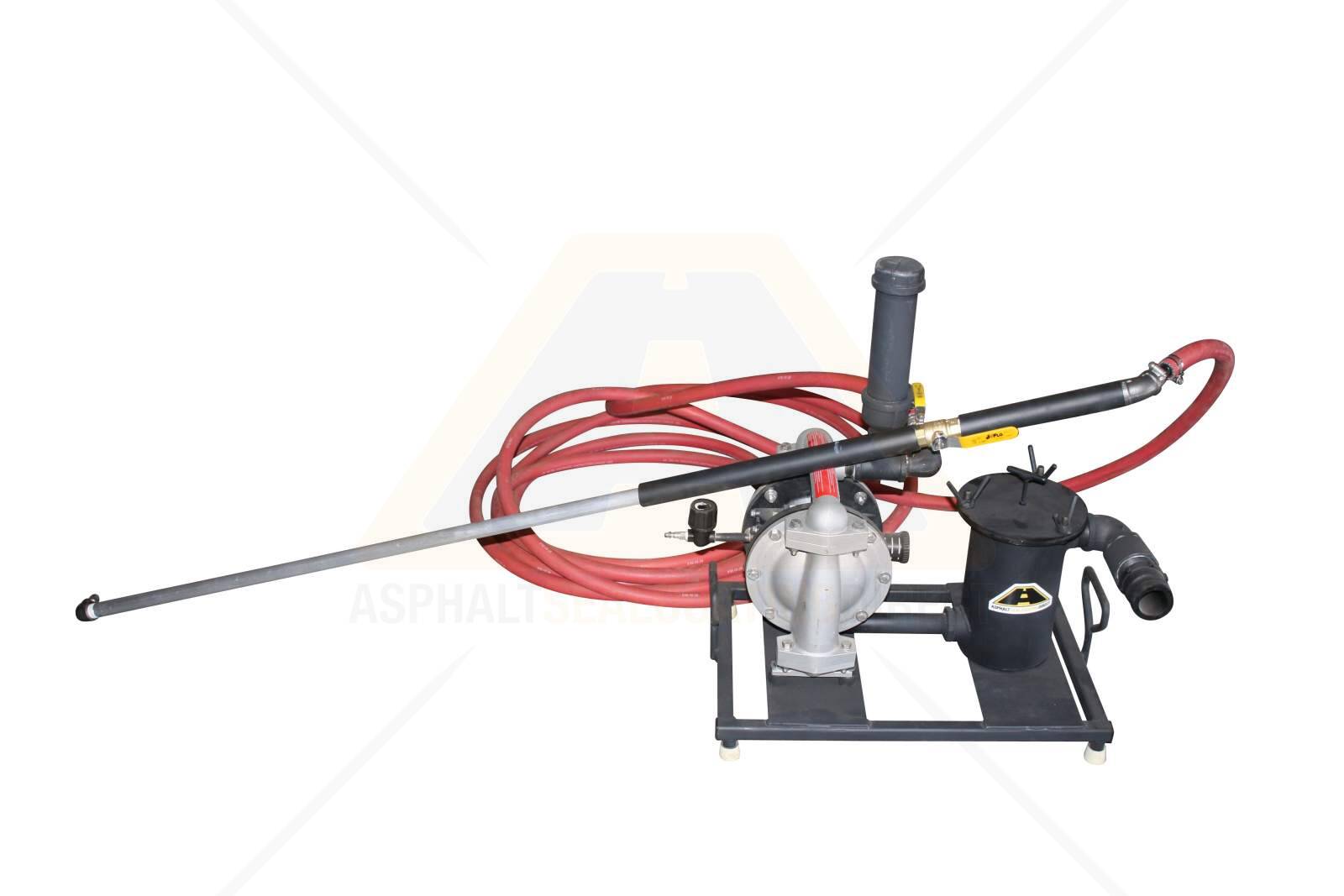Durable Outcomes: Asphalt Spot Repair With Precision Sealing
Durable Outcomes: Asphalt Spot Repair With Precision Sealing
Blog Article
Cold Mix Asphalt Vs. Hot Mix Asphalt: Which Is Right for You?

Structure Distinctions
Cold mix asphalt is created by emulsifying the asphalt binder with water and an emulsifying representative prior to blending it with aggregate. The warm mix asphalt manufacturing procedure entails heating the accumulation and asphalt binder individually prior to integrating them at the asphalt plant.
Moreover, cold mix asphalt has a tendency to be less dense and much more versatile than warm mix asphalt. This adaptability makes it far better fit for areas with greater degrees of motion, such as driveways or roads with rush hour. In contrast, hot mix asphalt is understood for its high resilience and resistance to rutting and fracturing, making it a favored selection for highways and high-traffic roadways where longevity is essential.
Installation Refine Differences
The process of mounting cool mix and hot mix asphalt shows noteworthy differences in their needs and procedures. In comparison, warm mix asphalt necessitates a much more elaborate setup process. Due to the home heating demands, warm mix asphalt setups are typically brought out by experts with specialized devices, ensuring a more structurally sound and long-term outcome.
Durability and Longevity Aspects
When thinking about asphalt alternatives, durability and longevity are critical variables to evaluate for long lasting pavement performance. Hot mix asphalt (HMA) is recognized for its extraordinary resilience and long life.
In terms of long life, HMA typically surpasses CMA due to its exceptional stamina and resistance properties. HMA pavements have a longer service life, calling for less regular repair work and upkeep, which can convert to cost savings in the lengthy run. Furthermore, HMA sidewalks are much more quickly adjustable to satisfy specific project needs, even more enhancing their resilience.
Expense Considerations
Thinking about the monetary implications is a vital facet when reviewing the choice in between warm mix asphalt (HMA) and cool mix asphalt (CMA) for pavement jobs. While the first price of hot mix asphalt is commonly greater than that of cold mix asphalt, HMA frequently offers a much more economical remedy in the lengthy run due to its remarkable longevity and long life.
In addition to material expenses, it's important to take into consideration the expenses web link linked with setup and maintenance when contrasting HMA and CMA. Ultimately, the decision in between HMA and CMA ought to take right into account not just the preliminary price but additionally the long-term monetary effects to figure out the most cost-effective choice for the details pavement job.
Environmental Impact Contrast
Comparison of the ecological effects in between warm mix asphalt (HMA) and cold mix asphalt (CMA) exposes this post distinctive distinctions in sustainability methods. HMA manufacturing requires high temperatures, causing enhanced power intake and greenhouse gas emissions. The process likewise launches unstable natural substances (VOCs) and unsafe air pollutants (HAPs) right into the environment. On the other hand, CMA is produced and applied at lower temperatures, minimizing power use and exhausts asphalt repair significantly. The lower production temperatures of CMA lead to reduced fuel intake and reduced degrees of carbon dioxide exhausts, making it a more ecologically pleasant choice.
Furthermore, making use of CMA typically involves recycling existing asphalt pavement, promoting source preservation and lowering the quantity of waste sent out to garbage dumps. This recycling facet even more boosts the sustainability of CMA compared to HMA. Overall, when considering the ecological impact, CMA emerges as a much more ecologically sustainable choice as a result of its reduced energy demands, minimized discharges, and the potential for reusing existing materials. By opting for CMA over HMA, road building projects can add positively to ecological conservation efforts.
Final Thought
Finally, the selection between chilly mix asphalt (CMA) and warm mix asphalt (HMA) depends upon various aspects such as make-up, installation process, durability, longevity, cost, and ecological influence. cold mix asphalt. While CMA uses a quick and cost-effective remedy for minor fixings, HMA guarantees remarkable durability and longevity for rush hour areas. Think about these variables carefully to determine which type of asphalt is the right choice for your paving needs

Considering the monetary implications is a vital aspect when examining the choice in between hot mix asphalt (HMA) and chilly mix asphalt (CMA) for sidewalk projects. While the first expense of warm mix asphalt is generally greater than that of cool mix asphalt, HMA frequently gives a much more cost-efficient solution in the long run due to its superior toughness and longevity. angle parking.Comparison of the ecological influences between hot mix asphalt (HMA) and cold mix asphalt (CMA) reveals distinctive differences in sustainability methods.In verdict, the selection in between cold mix asphalt (CMA) and hot mix asphalt (HMA) depends on different aspects such as make-up, installment procedure, longevity, durability, expense, and environmental effect
Report this page